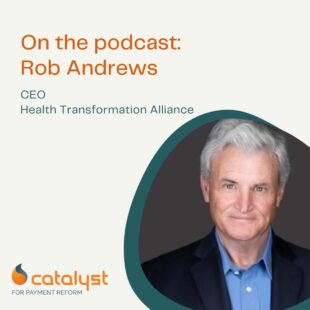
Rob Andrews on HTA’s National Advanced Primary Care Network
In our latest episode of Listening In (With Permission), Guy calls Rob Andrews, founding CEO of the Health Transformation Alliance (HTA) and former U.S. Congressperson. Listen in as Rob and

In our latest episode of Listening In (With Permission), Guy calls Rob Andrews, founding CEO of the Health Transformation Alliance (HTA) and former U.S. Congressperson. Listen in as Rob and
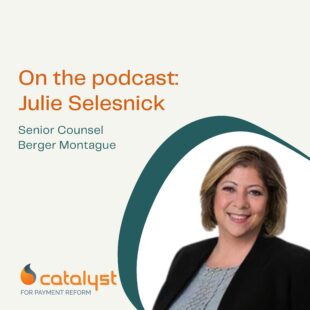
Part three of our three-part Data Podcast Series. In this episode of Listening In (With Permission), CPR’s Director of Member Services, Ryan Olmstead engages in a captivating conversation with Julie
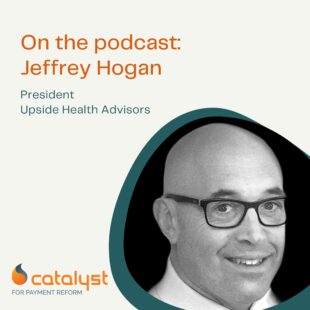
Part two of our three-part Data Podcast Series. In this insightful podcast episode, we dive deep into the evolving role of Chief Financial Officers (CFOs) in healthcare purchasing. Join Ryan
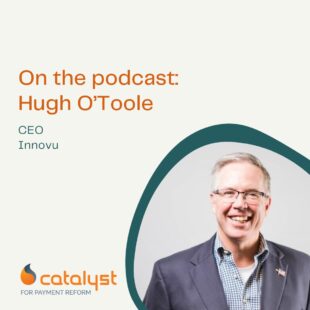
Part One of our three-part Data Podcast Series. “So when I say it’s a gift, anytime a consumer gets enough information to make an informed decision, it’s a gift.” Listen
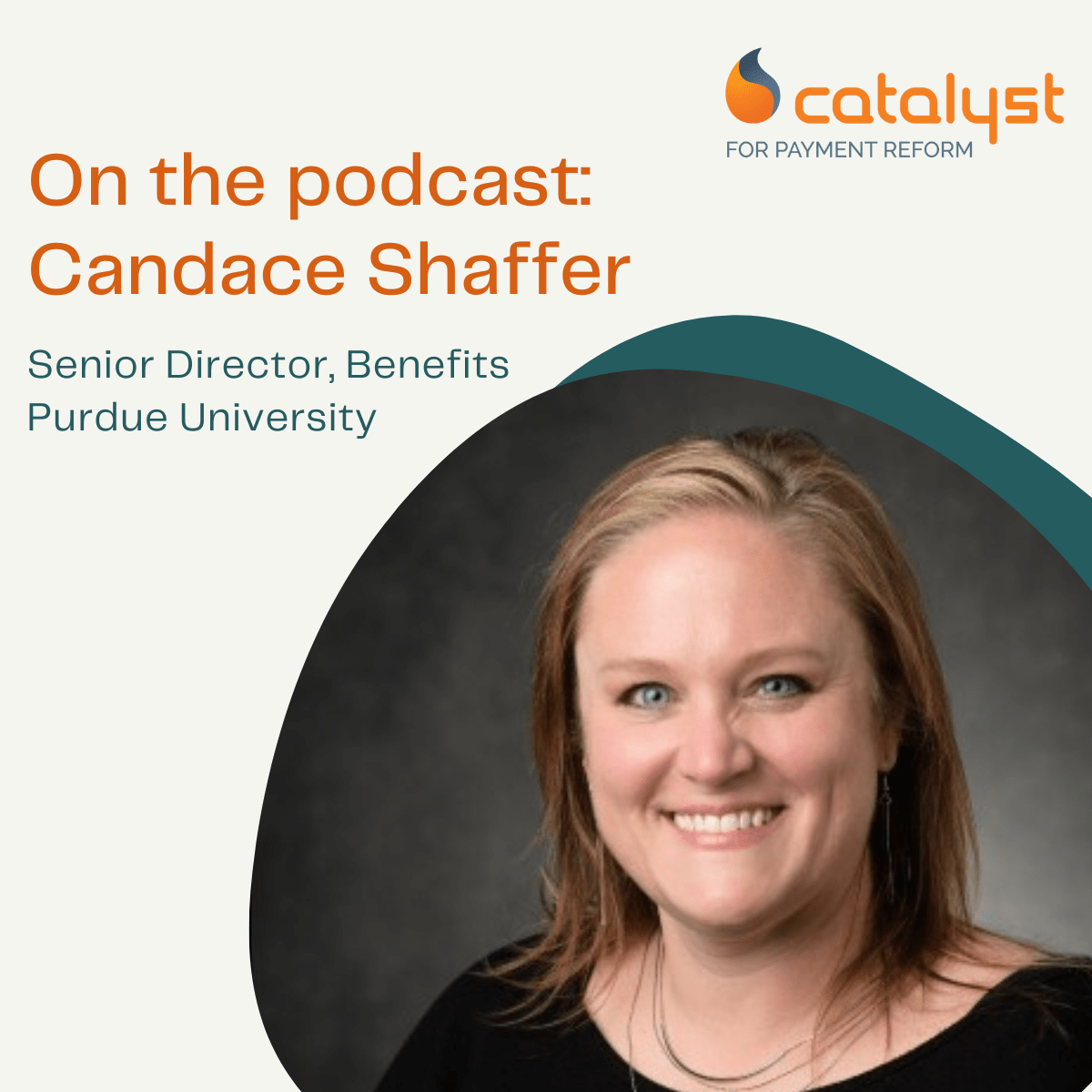
Suzanne calls up Candace Shaffer, Senior Director, Benefits at Purdue University to discuss the benefits purchasing strategies that she and her team have implemented and some of the tremendous savings as a result of those strategies.
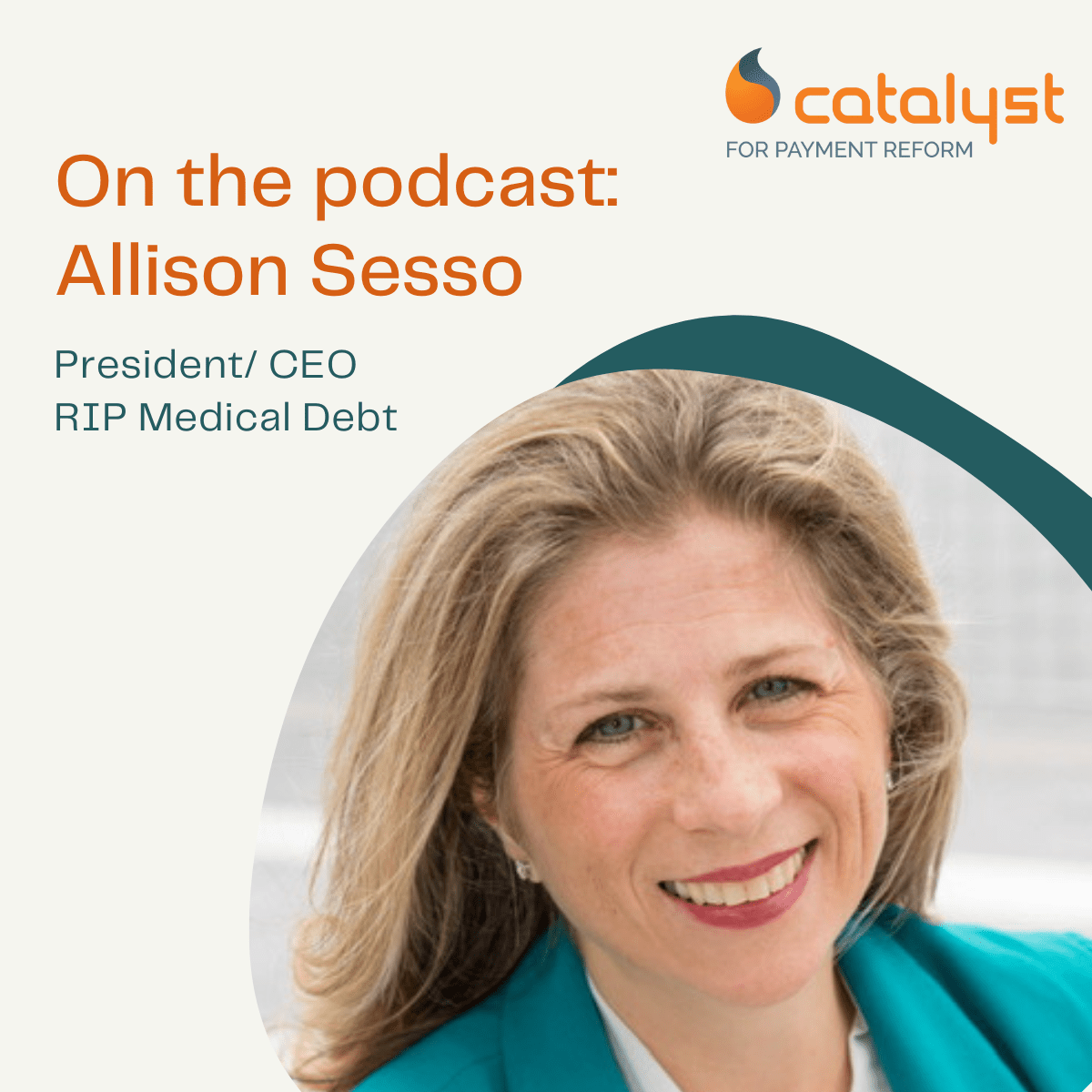
Andréa calls Dr. Vikas Saini, President of the LOWN Institute to discuss their Hospital Index which measures a hospital’s social responsibility, examining how hospitals rank in terms of health outcomes, value and equity. The index is comprised of 53 different metrics, Dr. Saini explains how they collect and analyze their data.

Andréa calls Dr. Vikas Saini, President of the LOWN Institute to discuss their Hospital Index which measures a hospital’s social responsibility, examining how hospitals rank in terms of health outcomes, value and equity. The index is comprised of 53 different metrics, Dr. Saini explains how they collect and analyze their data.

Julianne calls up Doug Aldeen, ESQ an ERISA Healthcare Attorney and General Counsel to discuss the Reference Based Pricing (RBP) landscape, specifically how RBP has evolved over time.
Doug recounts his experience defending RBP companies from lawsuits and saw the evolution from uniform level reimbursement to variation depending on the market.
“Ultimately, the reason these facilities were coming after the RBP companies is it’s a market threat…you’re now a price maker, instead of a price taker.”
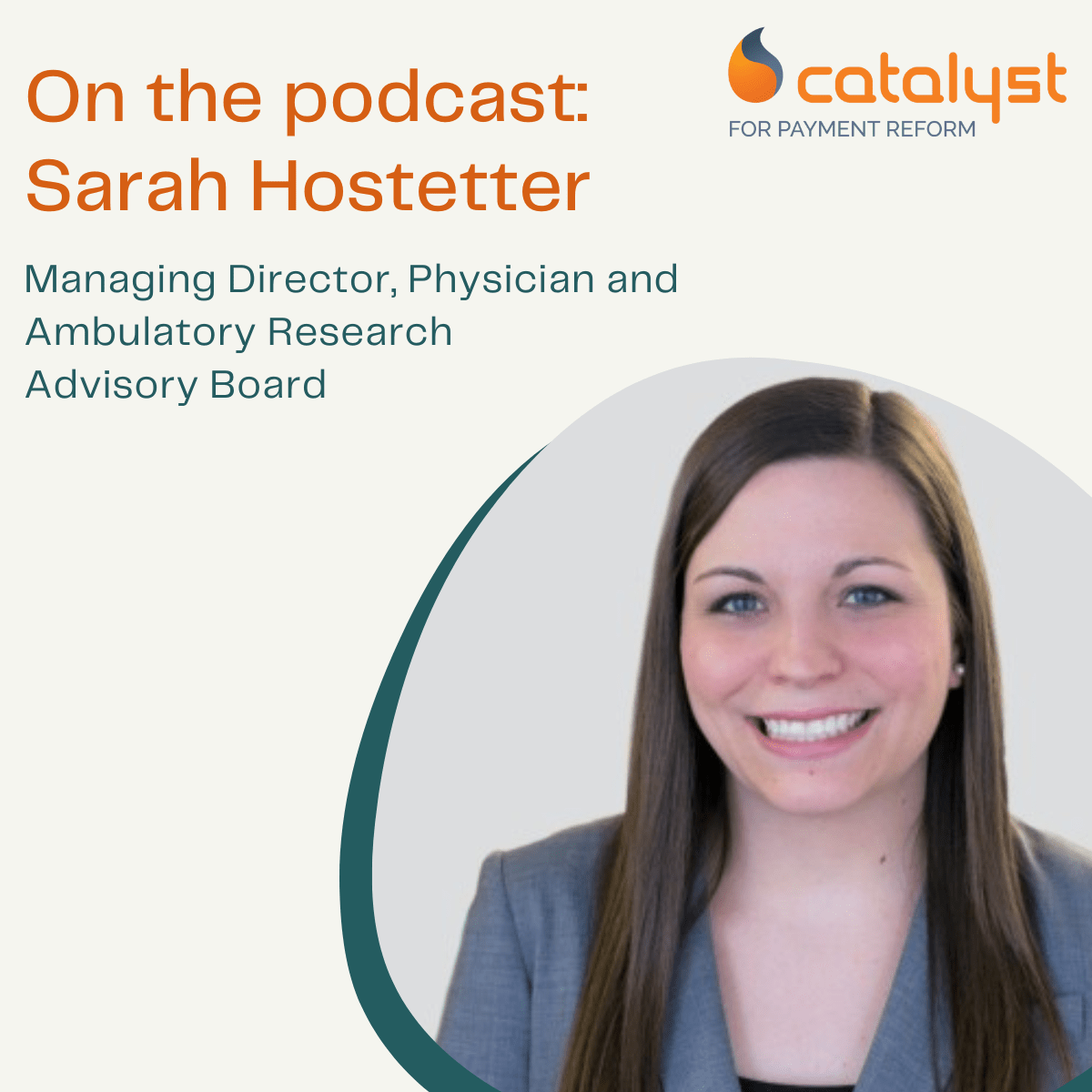
Sarah Hostetter, Managing Director, Physician and Ambulatory Research at Advisory Board speaks with Suzanne about the landscape of physician practices. Whats happening with acquisition of physician practices? Are there any independent practices left? Why do some physicians choose to join larger practices? Sarah digs into the data and sheds light on how the changing landscape affects physicians themselves, but also the market at large.
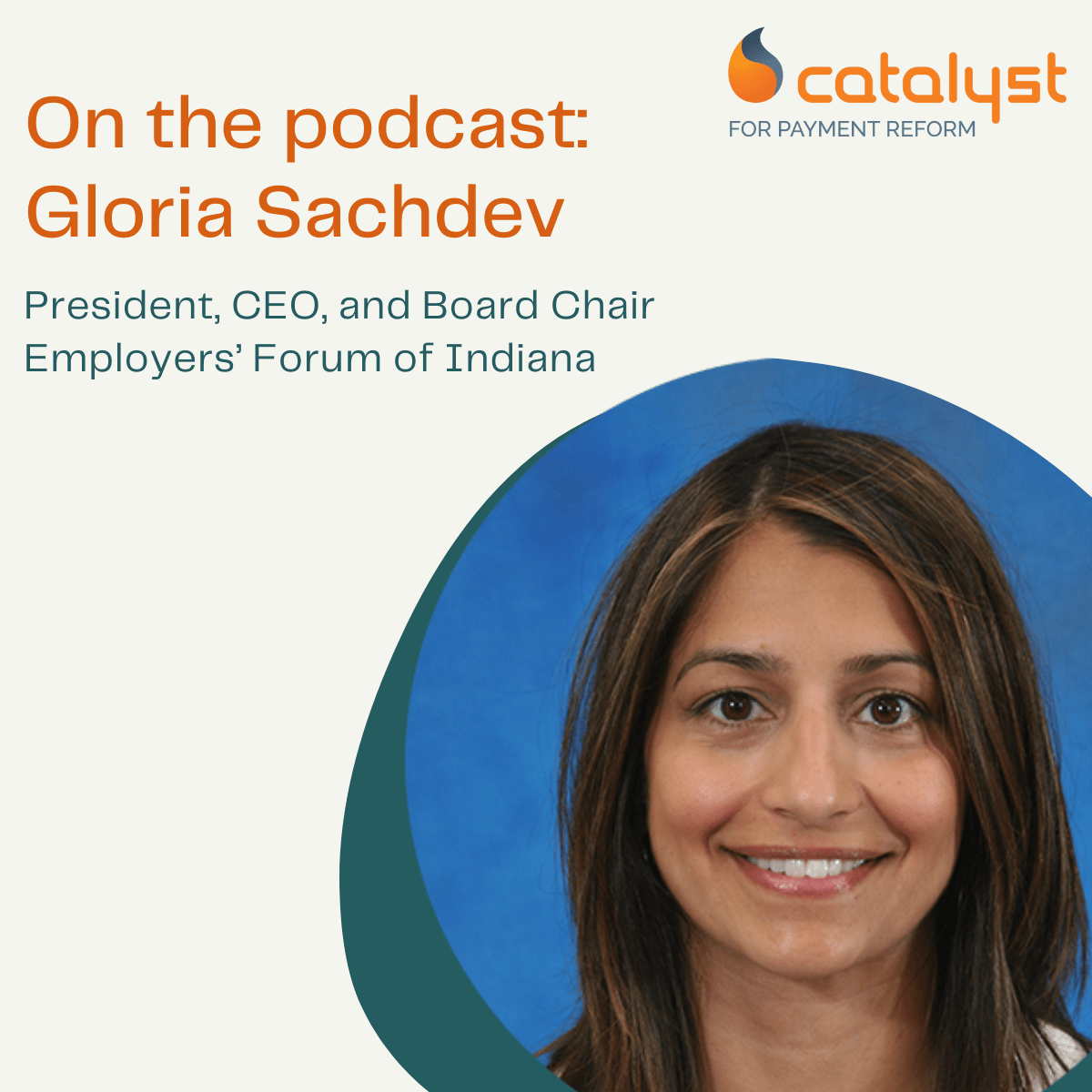
Suzanne calls up Gloria Sachdev to discuss the Employer’s Forum of Indiana’s (EFI) latest tool, Sage Transparency. Sage Transparency is a tool that brings together public and proprietary data on hospital pricing and quality. It gives users access to price and quality data for thousands of hospitals across the United States—and it’s free!
So what do the data say? Well, they confirm a lot of what employer-purchasers are feeling at the moment.
“We’re seeing just about the fastest rate of health care inflation in our data ever.”
What’s a solution? Price Transparency Data.
We have all of this price transparency data, what are we going to do with it?
Well, we need a new model if we’re going to get consumers to use it. We have to get to them upstream, we have to make it really simple, and we have to change the incentives so that they save thousands of dollars by getting with the program.
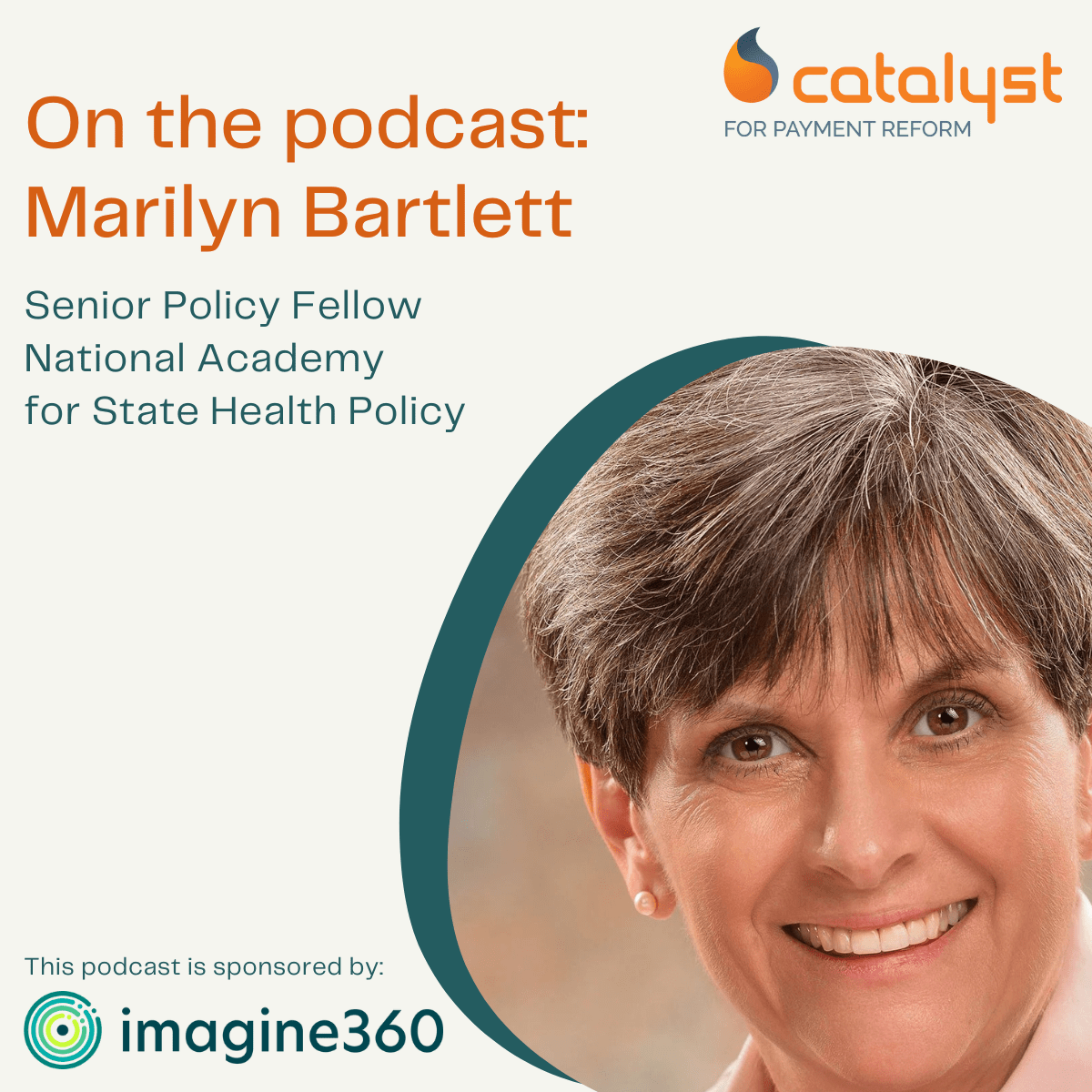
Suzanne speaks to Marilyn Bartlett about the National Academy for State Health Policy’s (NASHP) Hospital Cost Tool and her role in creating it. NASHP’s interactive Hospital Cost Tool provides anyone from policymakers to researchers with insights into how much hospitals spend on patient care services. The tool also shows how those costs relate to both the hospital charges (list prices) and the actual prices paid by health plans.
So what do the data say? Well, they confirm a lot of what employer-purchasers are feeling at the moment.
“We’re seeing just about the fastest rate of health care inflation in our data ever.”
What’s a solution? Price Transparency Data.
We have all of this price transparency data, what are we going to do with it?
Well, we need a new model if we’re going to get consumers to use it. We have to get to them upstream, we have to make it really simple, and we have to change the incentives so that they save thousands of dollars by getting with the program.

CPR is thankful for all the top health care minds who have taken time out of their busy schedules to join us on our Podcast, Listening In (With Permission). CPR surpassed 100 episodes this year and we are not slowing down. Please take the time to listen to our top 5 most listened to episodes of 2022 (so far).

Suzanne calls up Karen Sepucha, PhD, director of the Health Decision Sciences Center in the General Medicine Division at Massachusetts General Hospital and an associate professor in Medicine at Harvard Medical School to discuss shared decision making.
So what do the data say? Well, they confirm a lot of what employer-purchasers are feeling at the moment.
“We’re seeing just about the fastest rate of health care inflation in our data ever.”
What’s a solution? Price Transparency Data.
We have all of this price transparency data, what are we going to do with it?
Well, we need a new model if we’re going to get consumers to use it. We have to get to them upstream, we have to make it really simple, and we have to change the incentives so that they save thousands of dollars by getting with the program.
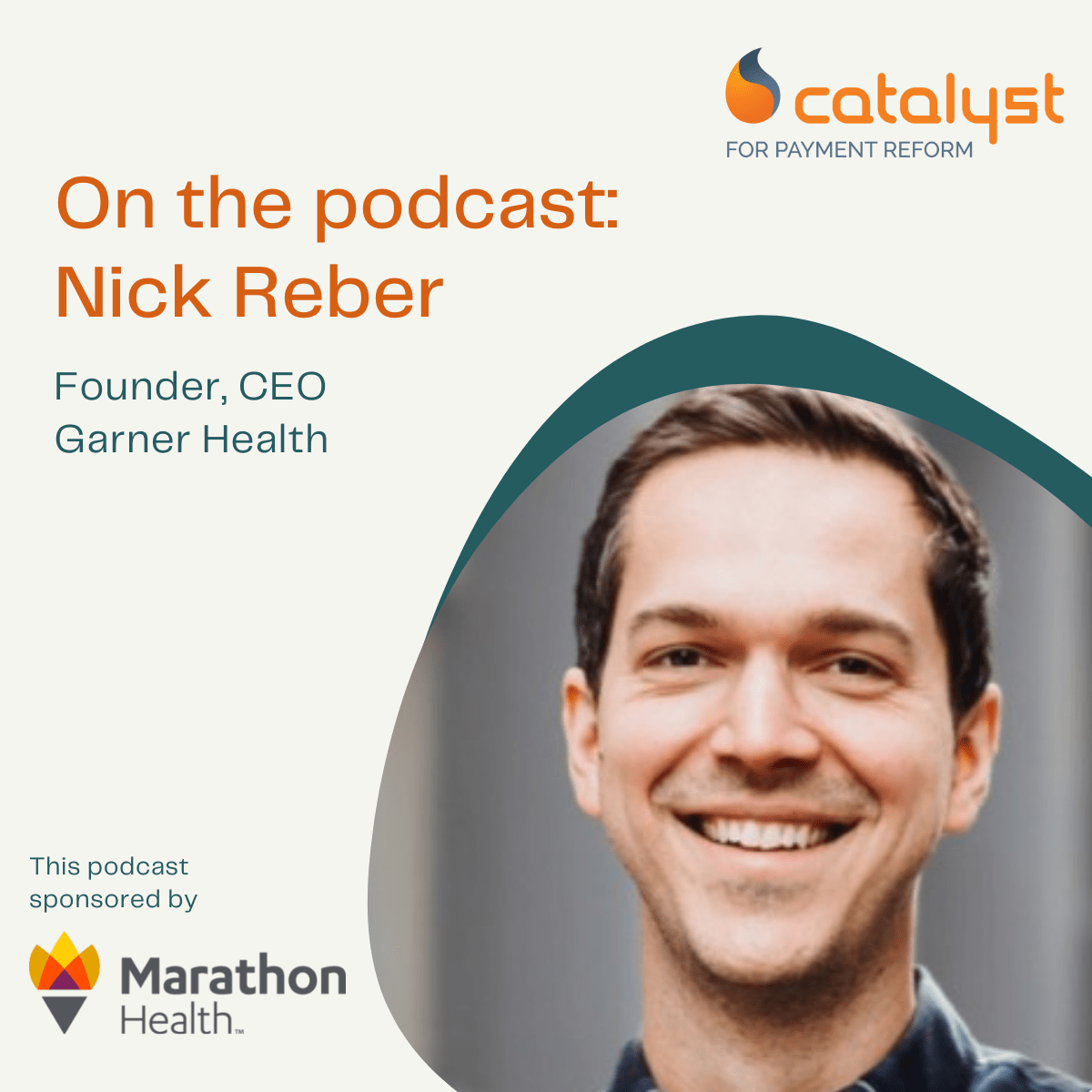
Suzanne calls up Nick Reber, CEO and Founder of Garner Health to talk price transparency, analytics, and quality.
So what do the data say? Well, they confirm a lot of what employer-purchasers are feeling at the moment.
“We’re seeing just about the fastest rate of health care inflation in our data ever.”
What’s a solution? Price Transparency Data.
We have all of this price transparency data, what are we going to do with it?
Well, we need a new model if we’re going to get consumers to use it. We have to get to them upstream, we have to make it really simple, and we have to change the incentives so that they save thousands of dollars by getting with the program.
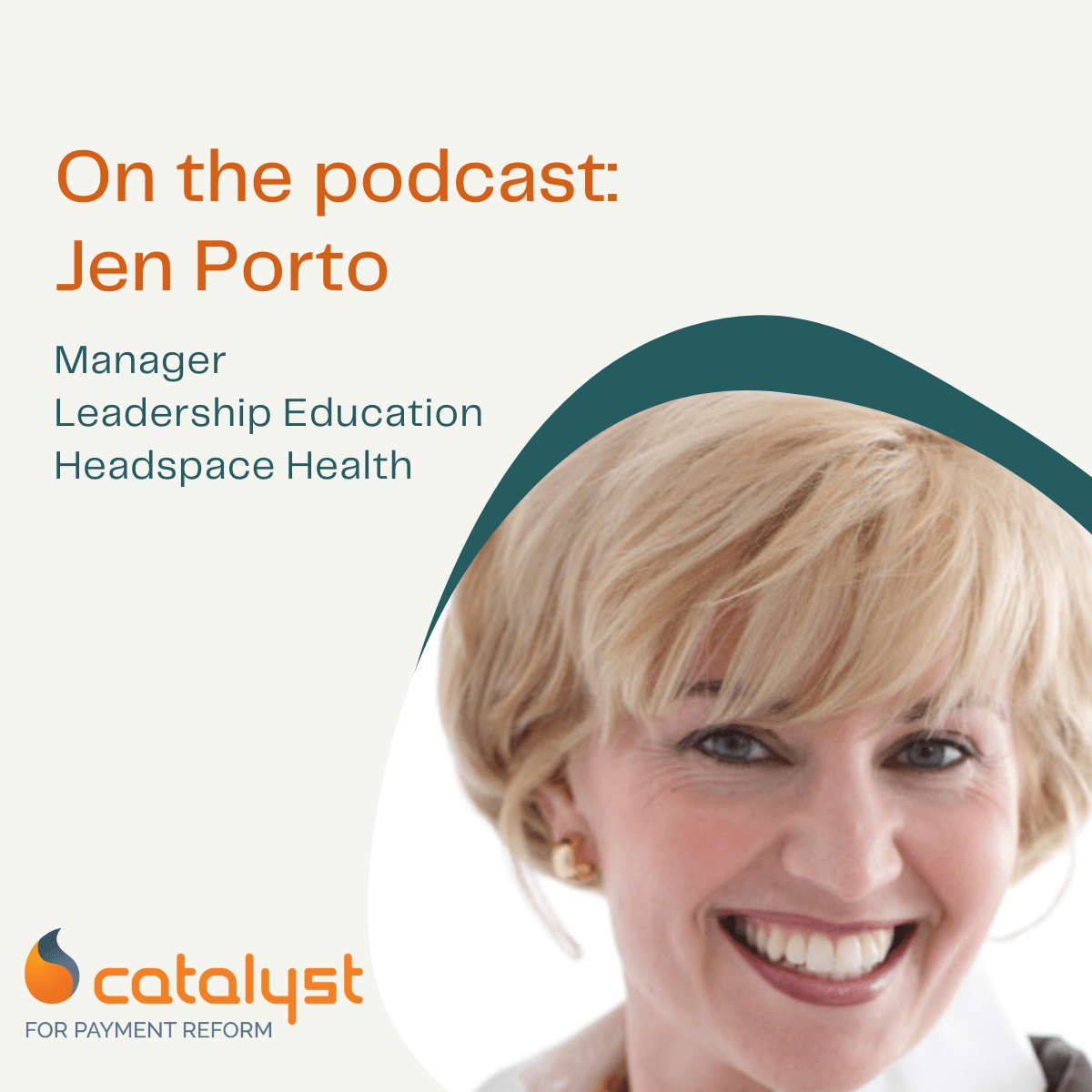
Suzanne calls Jen Porto, Manager of Leader Education at Headspace Health to discuss strategies on developing a culture of mental wellness at work.
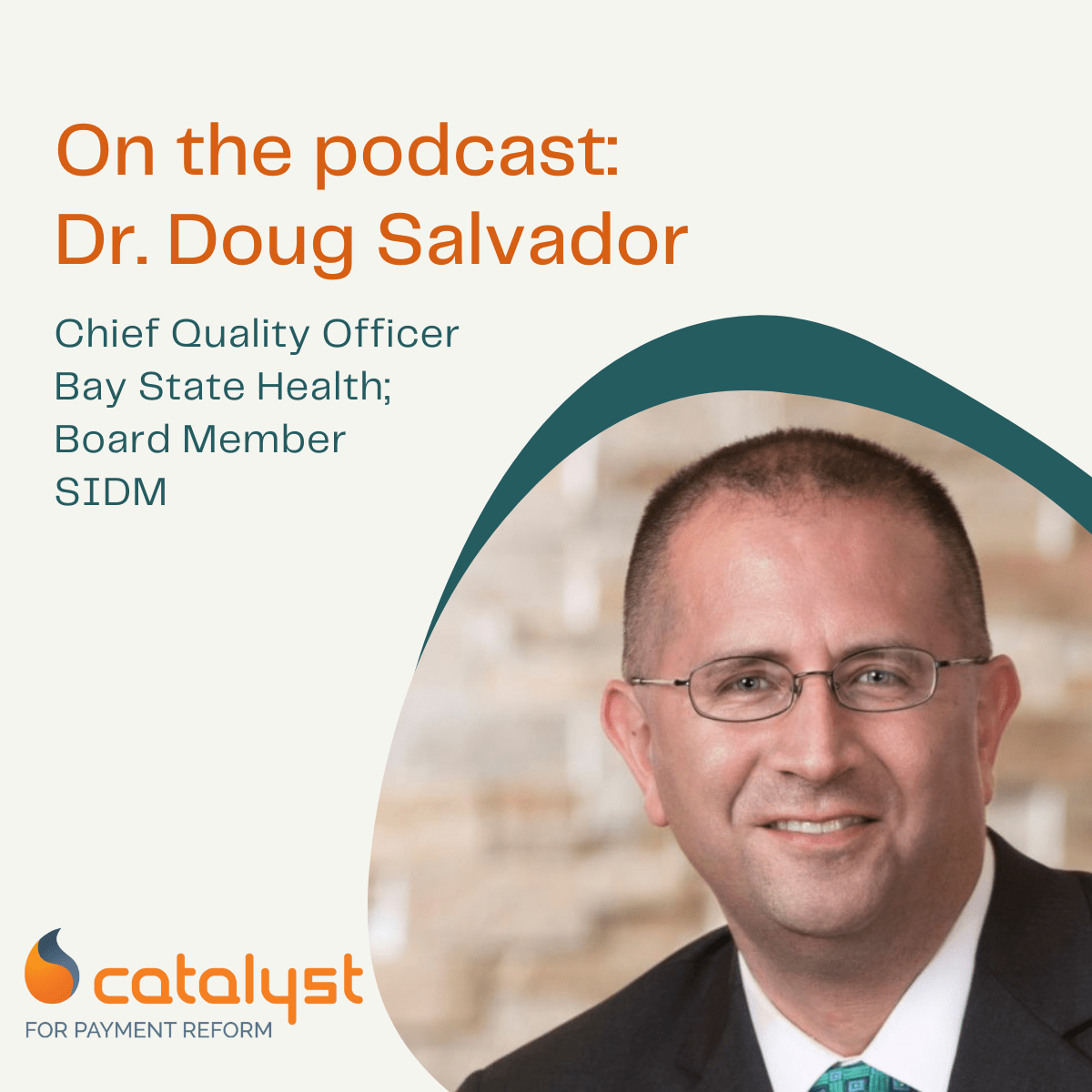
Suzanne calls Kelsey Brykman, Senior Program Officer at the Center for Health Care Strategies to talk about the intersection of primary care and health equity.

Suzanne calls Kelsey Brykman, Senior Program Officer at the Center for Health Care Strategies to talk about the intersection of primary care and health equity.
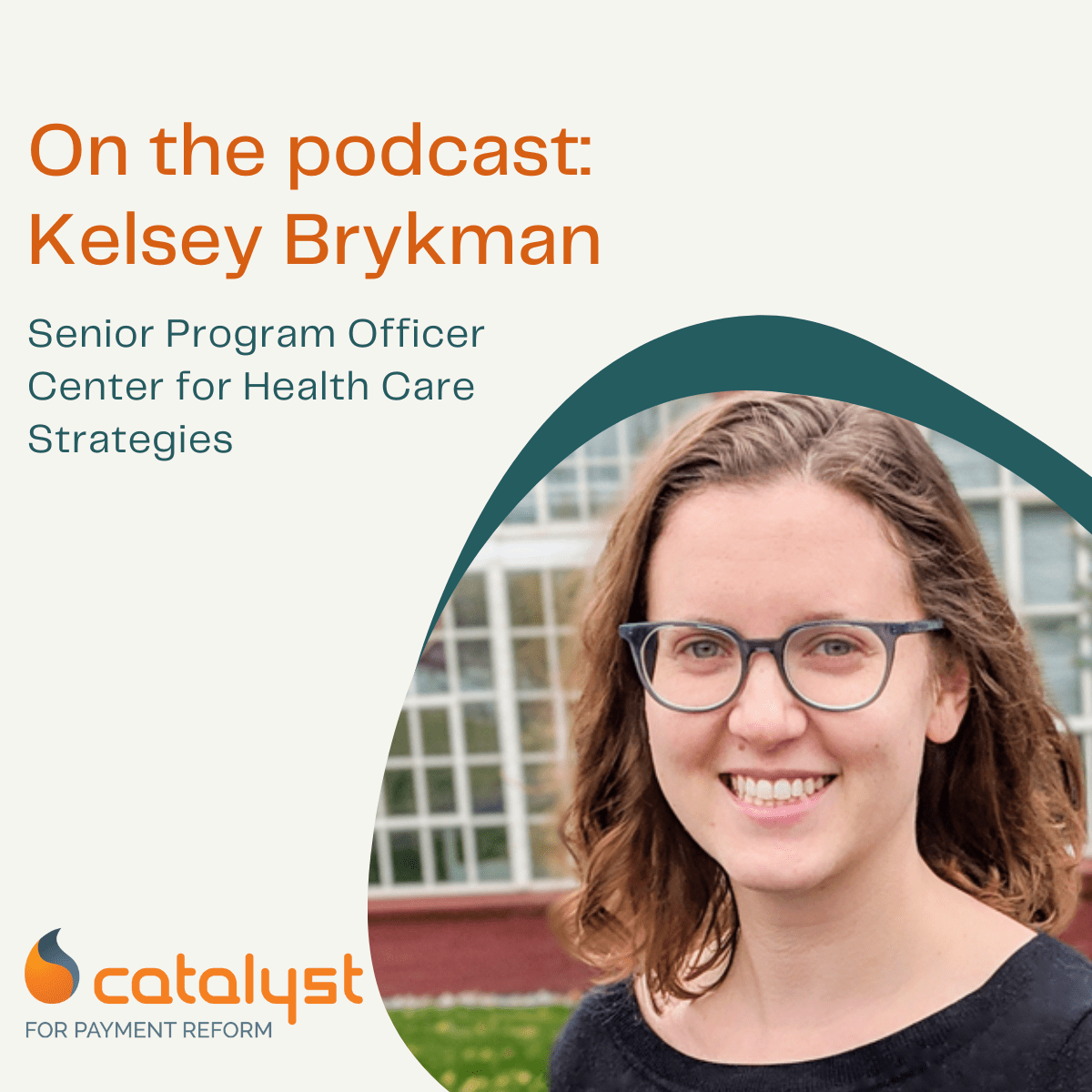
Suzanne calls Kelsey Brykman, Senior Program Officer at the Center for Health Care Strategies to talk about the intersection of primary care and health equity.
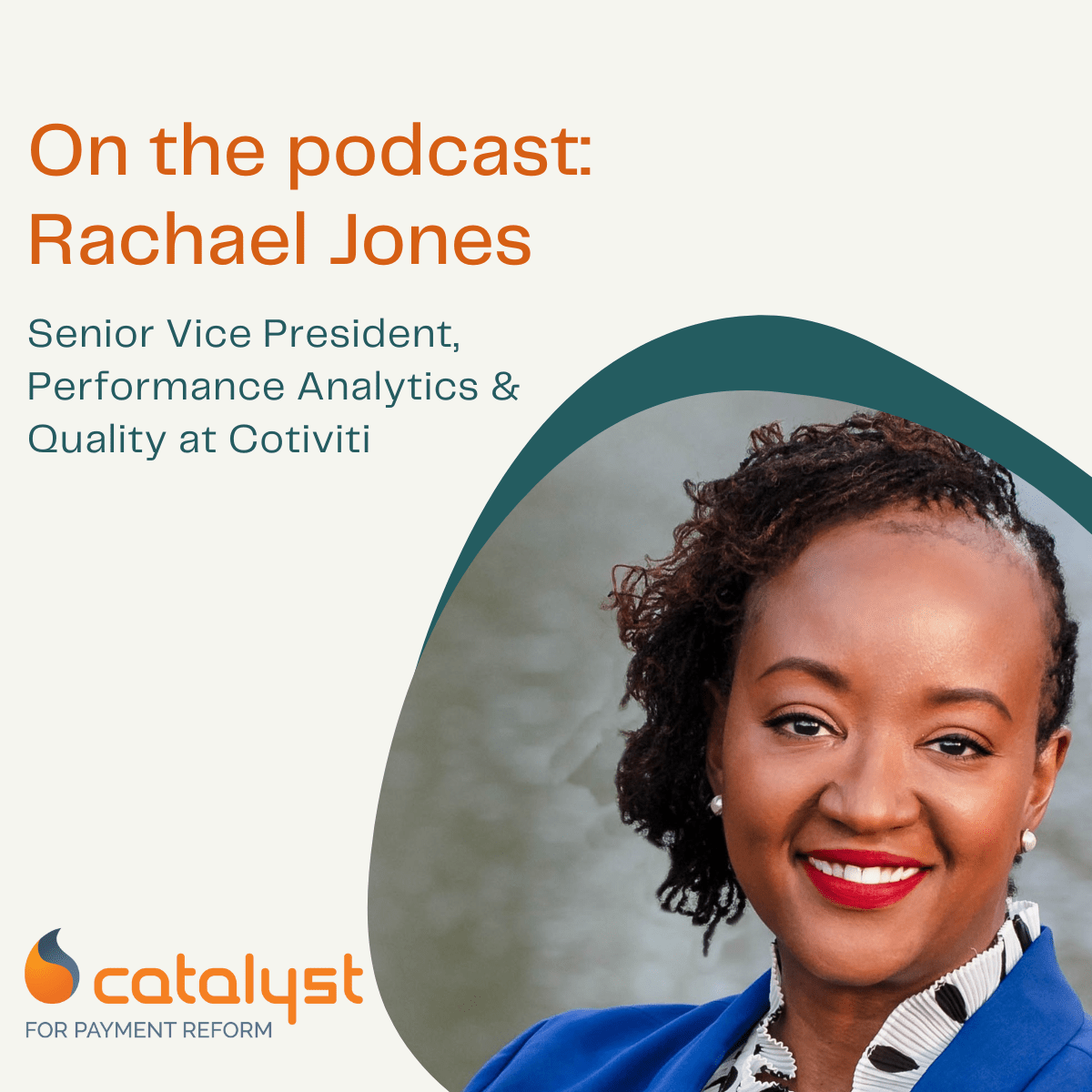
Suzanne calls Rachael Jones, Senior Vice President, Performance Analytics & Quality at Cotiviti, to discuss health equity and what employers and other health care purchasers can do to advance it.
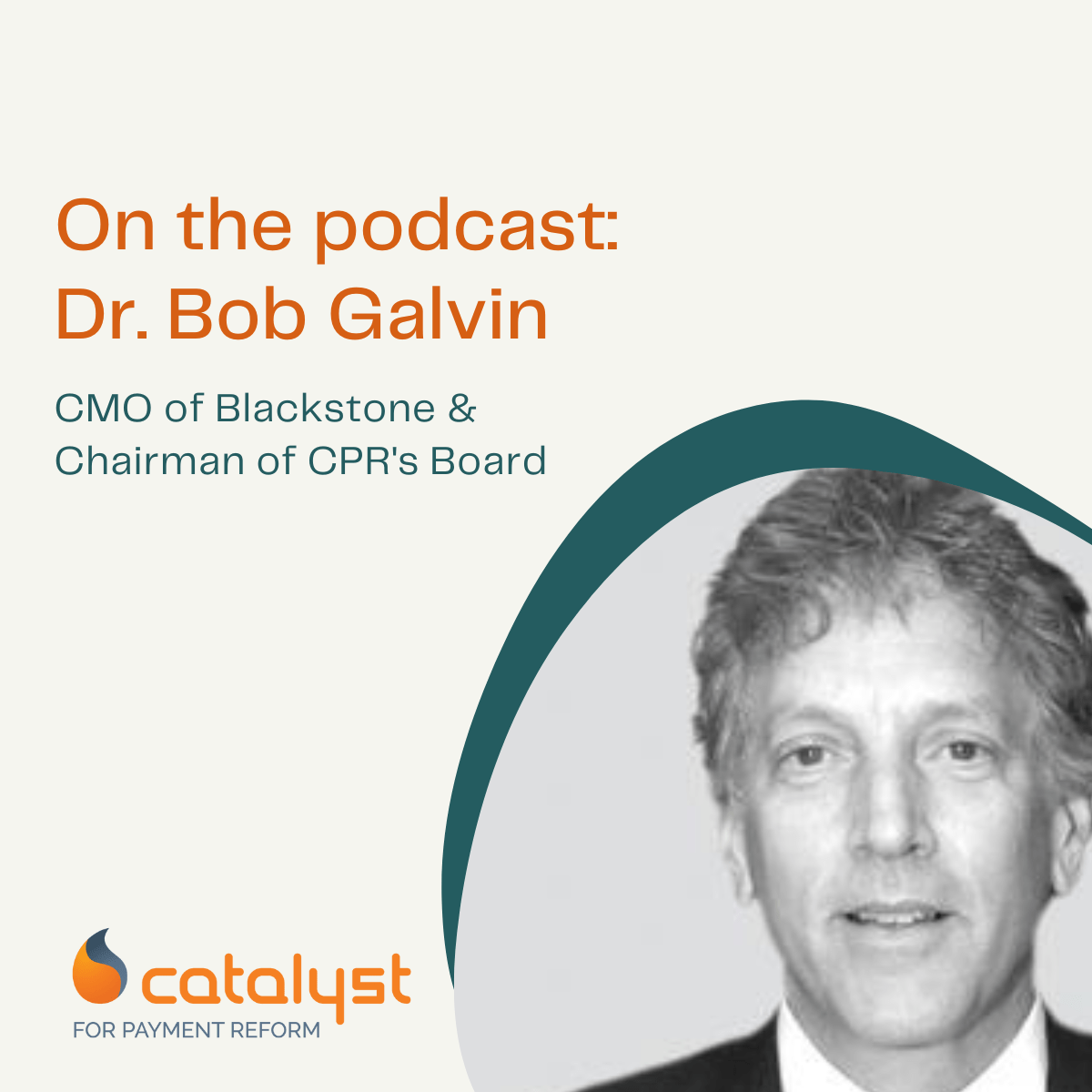
Suzanne calls up Bob Galvin, CMO of Blackstone and chairman of CPR’s board of directors, to follow up on their previous discussion on the state of payment reform. So where are we at? Progress is slow, yet steady — we’ve had rain delays, changing pitchers, changing managers, but the game isn’t over.